I am developing a game that works on Windows and Android but it has an issue that I cannot solve. Basically I have a 4x5 grid with some buttons and these buttons are filled each second with a random number that must be 2, 4 or 8. If you tap on two buttons with the same number, the sum is calculated. This is a firemonkey project.
The game works fine but you can see the problem in the pictures below. When I run the game in my windows machine it generates 2, 4 or 8. Under android It generates 2, 4, 7 and 8. Random numbers are created in this way:
valueToOutput := Trunc(Exp(Ln(2) * (1+Random(3))));
That variable holds the number to be displayed in the button. Why do I get different results in windows and android? These are two screenshots
- Windows 32-bit: http://prnt.sc/dmd1ry
- Android tablet: http://prnt.sc/dmd5uj
I am sure that the function is correct because I have plotted it ( exp(ln(2)*(1+x)) = http://prnt.sc/dmdc3u) and when x is 0,1 or 2 (= when the random number is 0,1 or 2). Could this be an issue with the compiler?
Note: I have already solved this problem using the workaround you can see below, but at first I used the code that you can see in the problem and I'd like to understand what's going on.
valueToOutput := Trunc(Exp(Ln(2) * (1+Random(3))));
//this will always give 2, 4 or 8
if valueToOutput = 7 then
valueToOutput := valueToOutput + 1;
